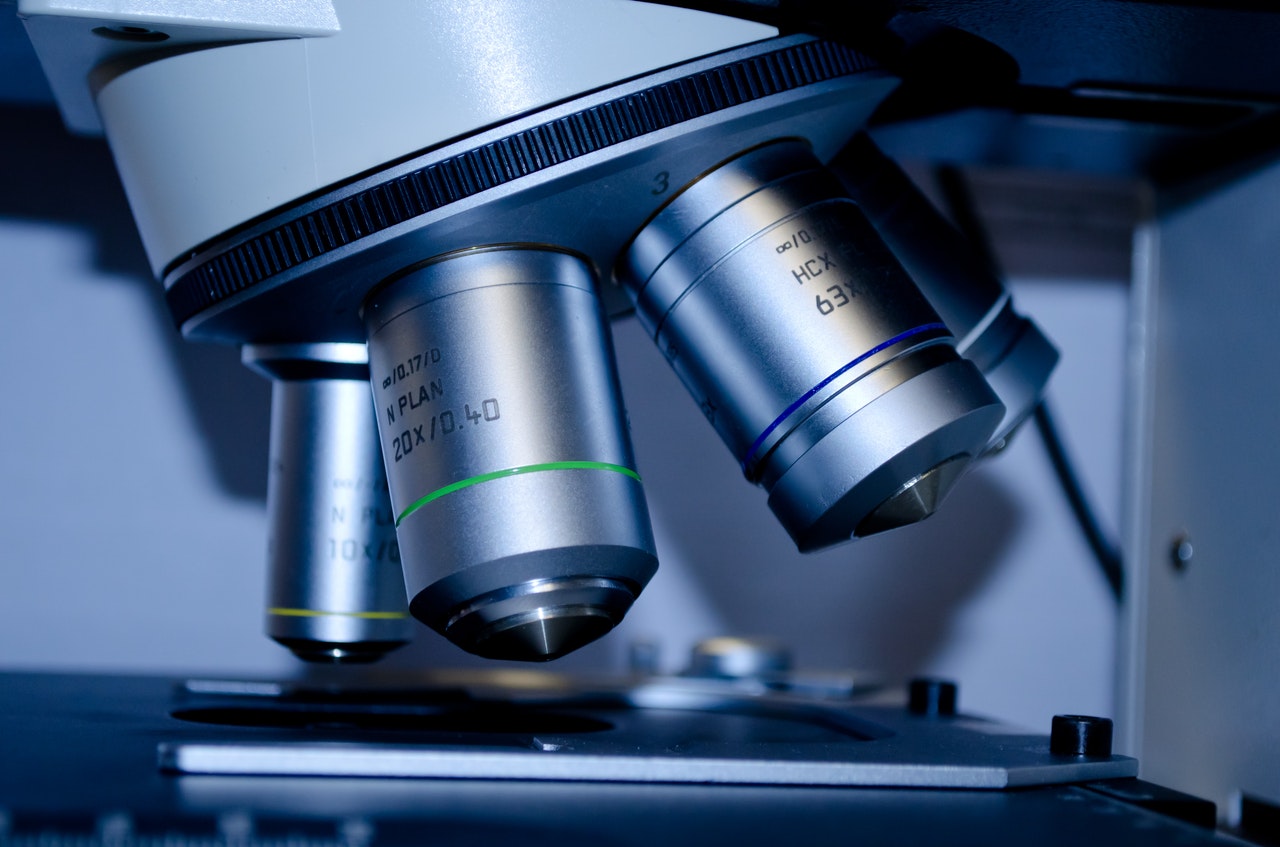It already is clocking almost a year since when coronavirus disease of 2019 turned into a pandemic. Medical practitioners and labs have since engaged in methodical research to determine the most effective and systemic protease assay for managing COVID-19. And while technical knowledge has its place in this, technology has also played a critical role in ensuring researchers have and relay accurate information about the SARS-COV-2.
The place of technology in medical developments
Technology plays a center-stage in ensuring the right form of preparedness is served in the right quantity. Whatever that means is dependent on the particular field of specialization. Surgery. Pharmacy. Pharmacology. Medical research. However, as long as all these individual elements work together toward developing protease assays against pandemics such as coronavirus, the medical field is headed north.
Technology is the catalyst.
The underlying need to address is, without a doubt, the heartbeat of medical development. Nonetheless, technology is the catalytic factor to ensure all stakeholders are on the same page and work toward the same goal. And since the technology injects an element of timeliness, medical research, assay development, and intra- and inter-department correspondence is accomplished in the least possible time.
But, technology and medical developments without preparedness will amount is null.

How prepared is the medical industry, though?
Preparedness is one quality that underscores the most critical qualities that the medical industry, among others, should embrace going forward. That is preparedness against potential global medical crises. Also, preparedness equips medical practitioners with the appropriate skill sets to obtain, analyze, and utilize statistical information on contacting, spreading, and managing diseases.
Preparedness is also developing universal protease assays from which other researchers can quickly create spike protein inhibitors for pandemics such as the coronavirus. Having the required data is, however, an essential element of preparedness.
The power of data
The collective input of general practitioner practices in the nation is crucial in identifying the most critical areas to focus on when streamlining clinical and medical systems. Much of this input is from the patient data that these practices provide researchers with, which form the basis of managing pandemics in medical practice. This data is essential for understanding and tracking the spread of pandemics. It also is important for informing government strategy for cushioning the socioeconomic effects of pandemics.
Data should also be at the center of medical insight from general practitioners and medical practices to guide research, treatments, and vaccinations. With data, the medical field can also strategize appropriately in adapting technology to manage future pandemics properly.
Conclusion: Adapting technology to global pandemics
It will take major medical industry stakeholders to create a model for managing future pandemics similar to the COVID-19. You cannot underemphasize the magnitude of socioeconomic disruption that such pandemics could inflict on the nation. And, always, it is the medical field that is in the limelight in such instances. Therefore, putting the best foot forward will mean optimizing medical development such that it can integrate technology with the highest degree of ease whenever a pandemic strikes.
Technology may not necessarily be the lifeblood of medical developments, but it is critical to ensure the respective medical practitioners implement them appropriately, accurately, and timely.
